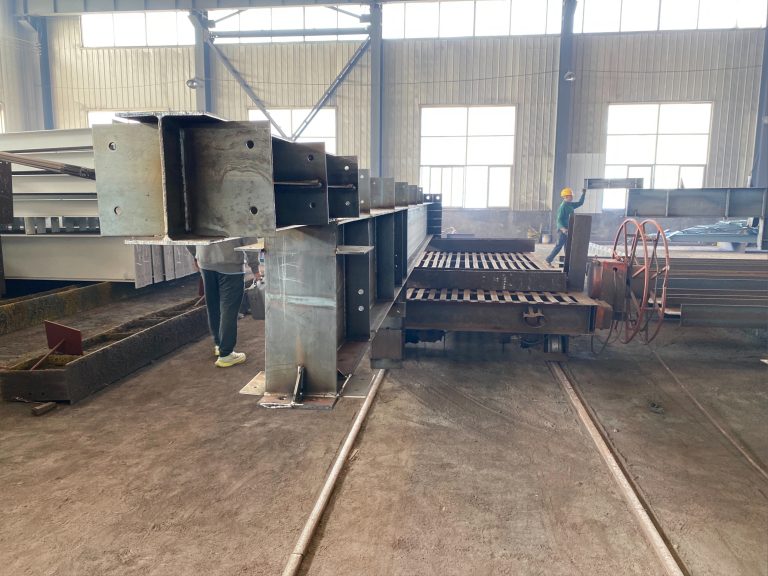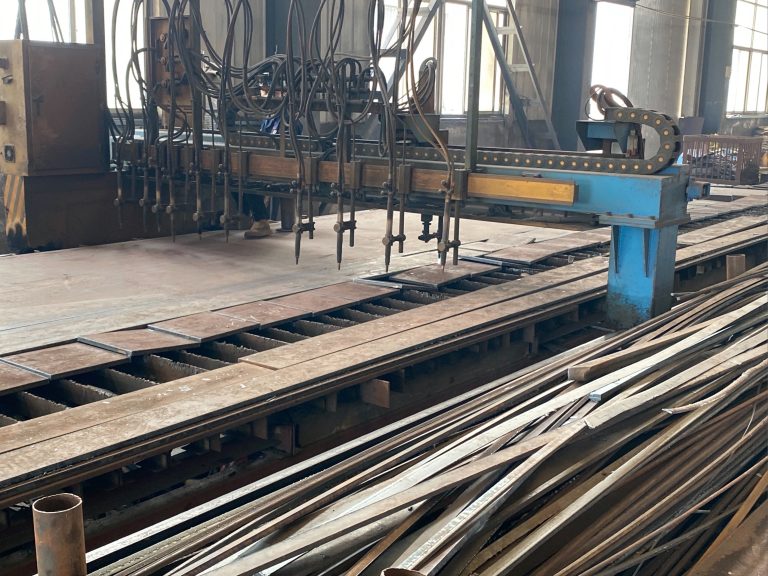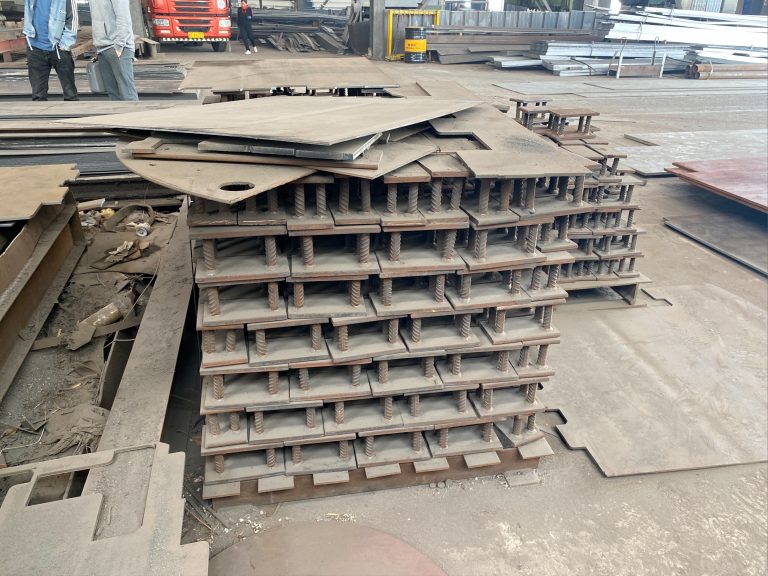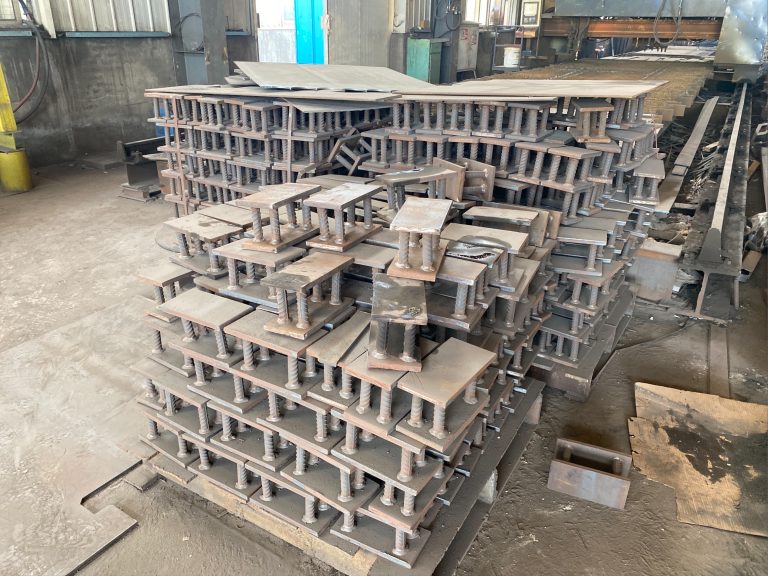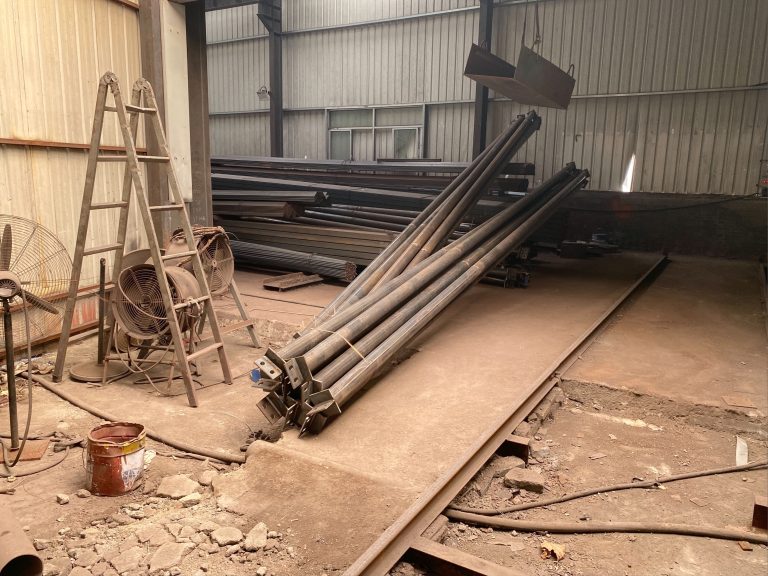Modern interpretation of steel structure in traditional architecture.
Inhoudsopgave
Integration of Steel Beams in Traditional Roof Designs
Steel has long been a staple material in modern construction, known for its strength, durability, and versatility. In recent years, architects and designers have begun to incorporate steel beams into traditional roof designs, blending the old with the new to create stunning and innovative structures that push the boundaries of architectural design.
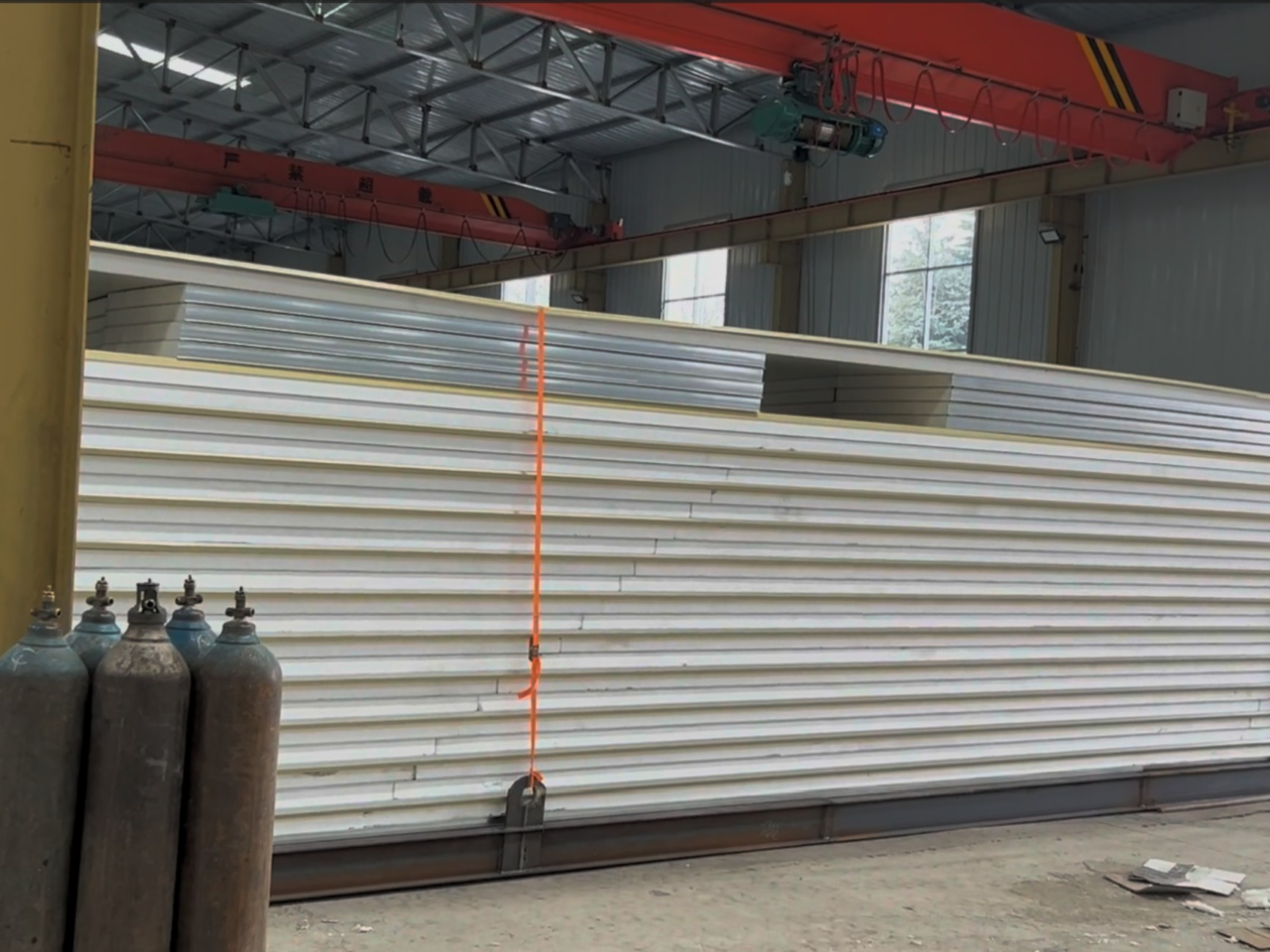
One of the key benefits of using steel beams in traditional roof designs is their ability to span long distances without the need for supporting columns or walls. This allows for larger, more open interior spaces that are not possible with traditional timber or masonry construction. Steel beams also offer greater flexibility in terms of design, allowing architects to create unique and complex roof shapes that would be difficult or impossible to achieve with traditional materials.
In addition to their structural advantages, steel beams also offer aesthetic benefits when integrated into traditional roof designs. The sleek, modern look of steel can provide a striking contrast to the more traditional elements of a building, creating a visually dynamic and interesting design. Steel beams can also be left exposed, adding an industrial or contemporary touch to a traditional structure.
When incorporating steel beams into traditional roof designs, architects must carefully consider how to blend the two materials seamlessly. This can be achieved through thoughtful design choices, such as using steel beams in conjunction with traditional timber or masonry elements, or by carefully selecting finishes and details that complement both materials. By striking the right balance between old and new, architects can create a harmonious and cohesive design that respects the history and character of the existing structure while introducing a modern twist.
123
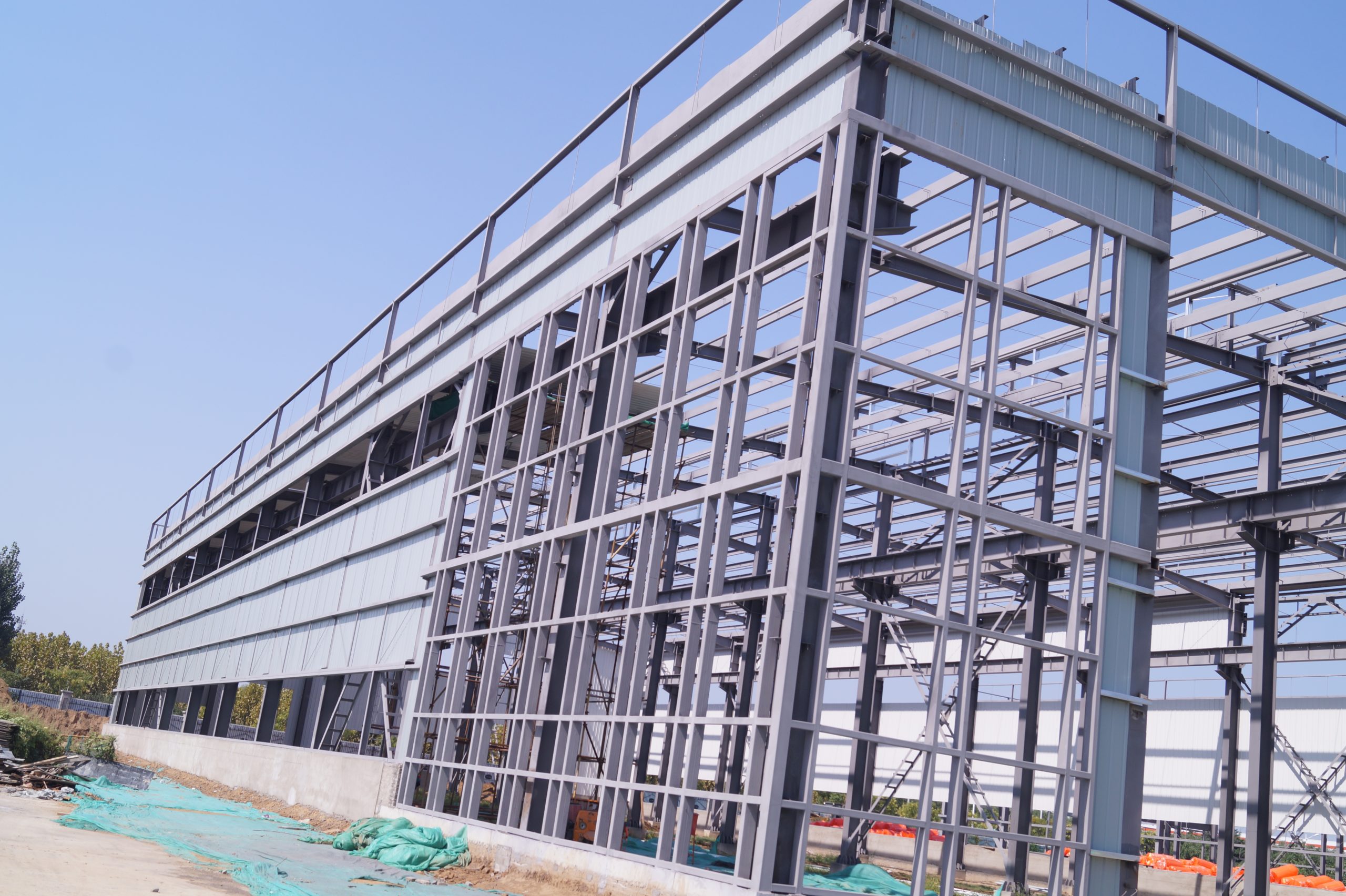
Another important consideration when integrating steel beams into traditional roof designs is the structural integrity of the building. Steel beams must be carefully engineered and installed to ensure that they can support the weight of the roof and any additional loads, such as snow or wind. Architects and engineers must work closely together to develop a design that meets both aesthetic and structural requirements, while also complying with building codes and regulations.
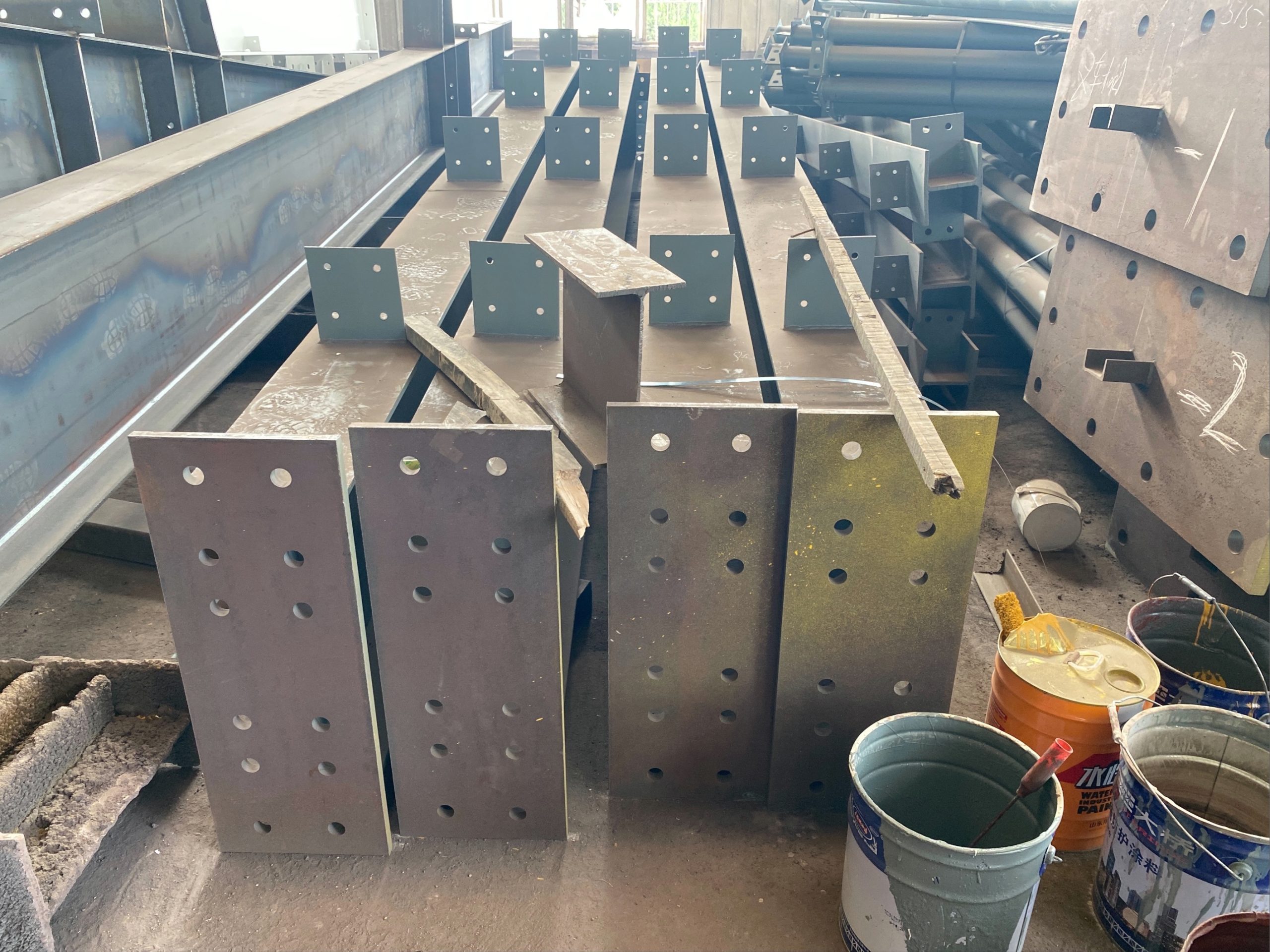
In conclusion, the integration of steel beams into traditional roof designs offers architects and designers a unique opportunity to blend the old with the new, creating innovative and visually striking structures that push the boundaries of architectural design. By carefully considering the structural and aesthetic implications of using steel in traditional buildings, architects can create harmonious and cohesive designs that respect the history and character of the existing structure while introducing a modern interpretation that is both functional and beautiful. Steel beams have the potential to revolutionize traditional roof designs, offering a new way to think about the relationship between past and present in architecture.
Incorporating Steel Columns in Traditional Building Facades
Steel has long been a staple material in modern construction, known for its strength, durability, and versatility. In recent years, architects and designers have begun to incorporate steel elements into traditional building facades, blending the old with the new to create a unique and contemporary aesthetic. This modern interpretation of steel structure in traditional architecture has opened up a world of possibilities for creating visually striking and innovative designs.

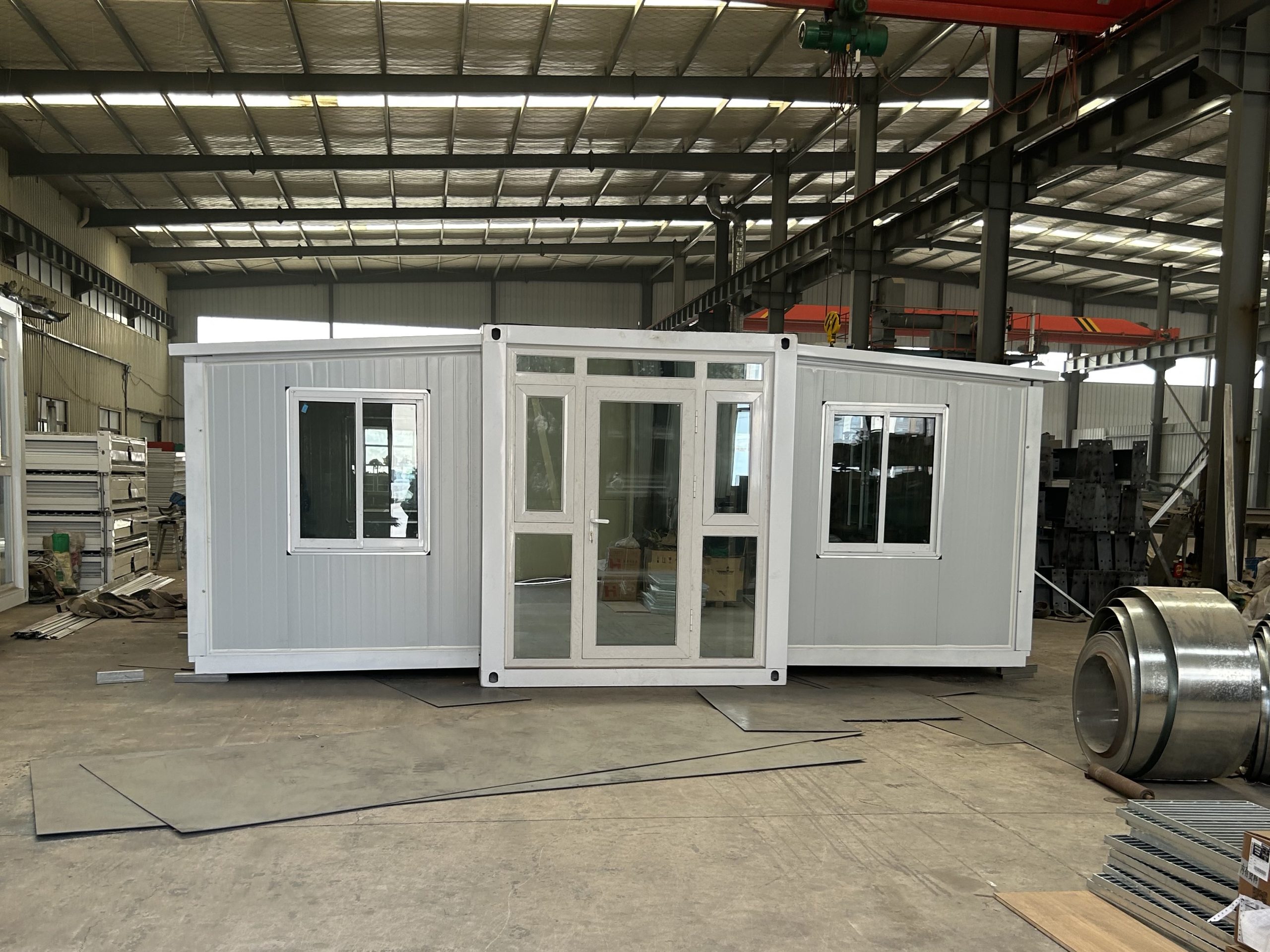
One of the most common ways steel is being integrated into traditional building facades is through the use of steel columns. Traditionally, columns were made of materials such as stone, brick, or wood, and were used to support the weight of a building while also adding decorative elements to the facade. Steel columns offer a more streamlined and minimalist look, while still providing the necessary structural support.
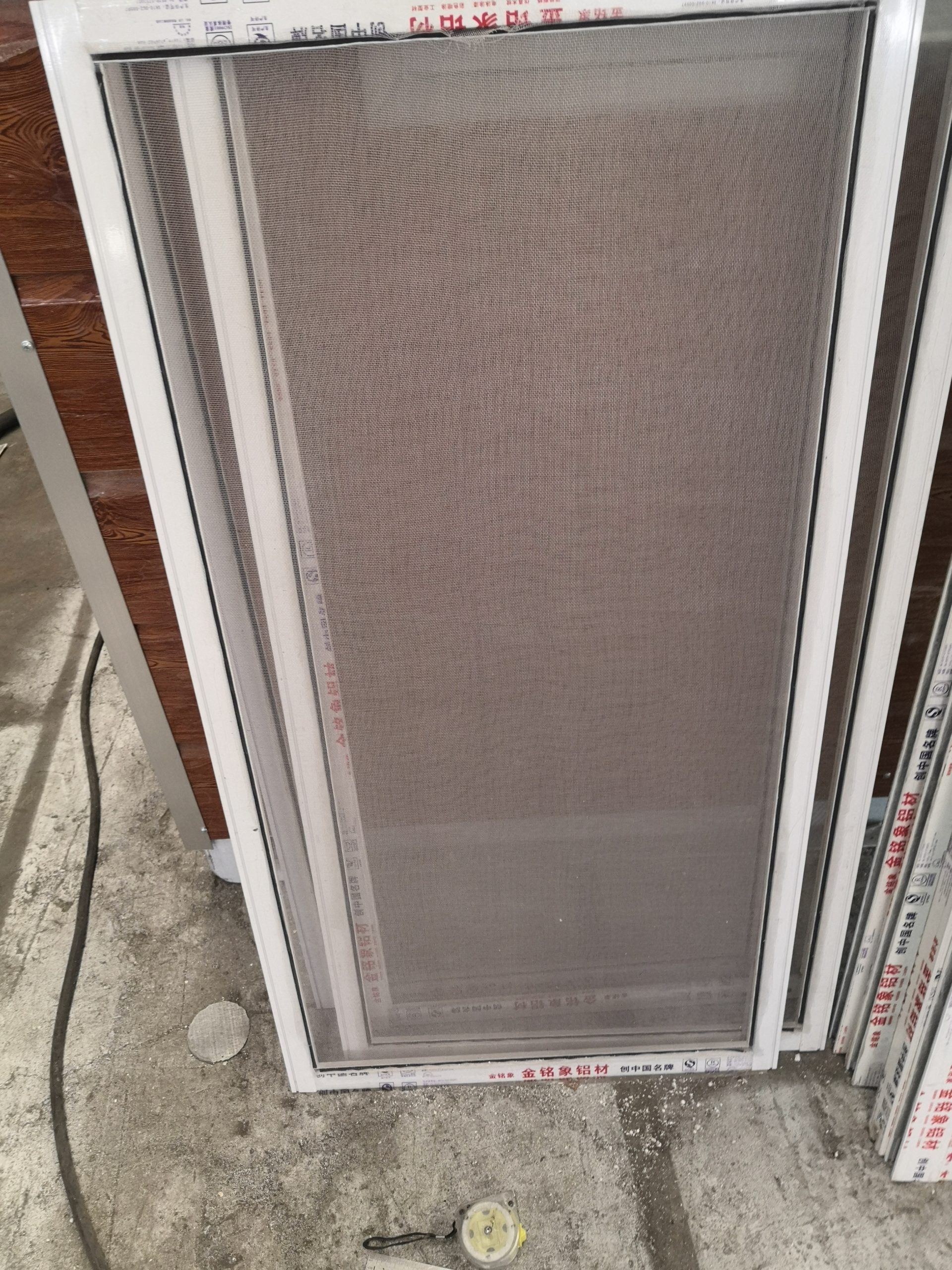
When incorporating steel columns into traditional building facades, architects must carefully consider the overall design aesthetic and how the steel elements will interact with the existing architecture. Steel columns can be used to create a sense of contrast and juxtaposition, adding a modern touch to an otherwise traditional facade. They can also be used to create a sense of continuity, seamlessly blending the old and the new into a cohesive design.
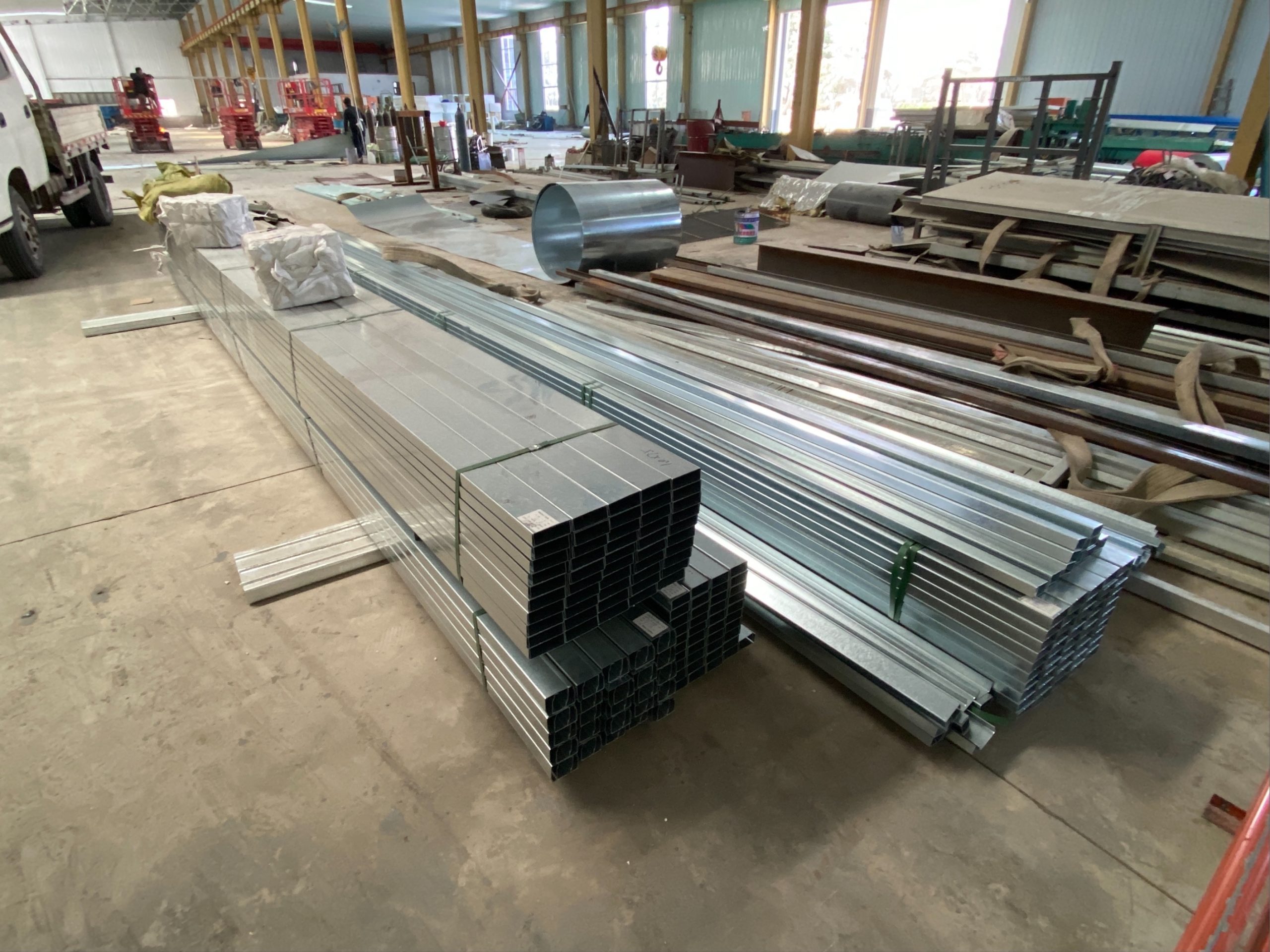
In addition to their aesthetic appeal, steel columns offer practical benefits as well. Steel is a highly durable material that is resistant to corrosion and decay, making it an ideal choice for exterior applications. Steel columns are also incredibly strong, allowing for larger open spaces and more flexible design options. This strength and durability make steel columns a popular choice for architects looking to create innovative and sustainable building designs.

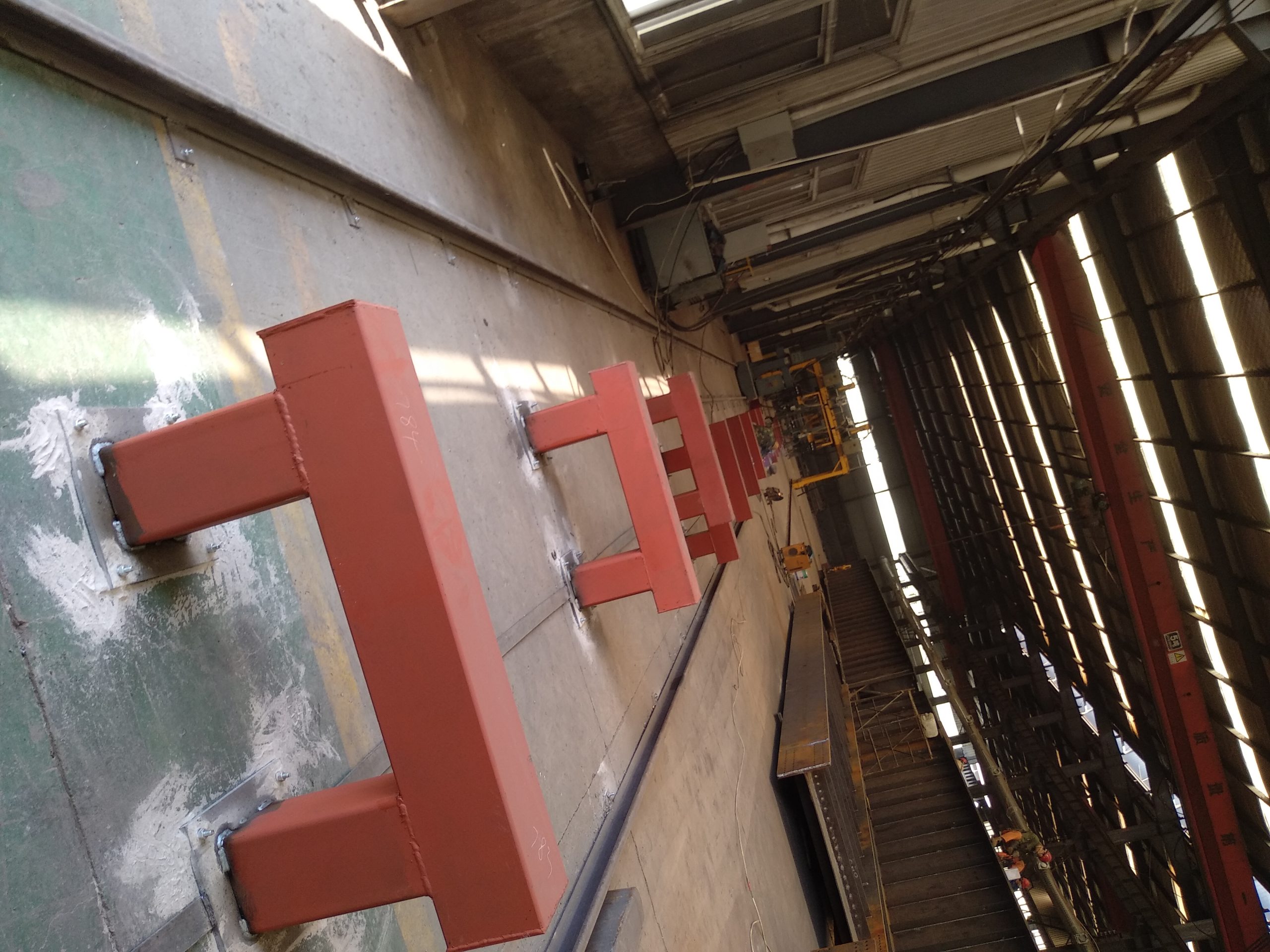
One of the key challenges in incorporating steel columns into traditional building facades is ensuring that they complement the existing architecture and do not overpower or detract from the overall design. This requires a careful balance of form, function, and aesthetics, as well as a deep understanding of the historical context and cultural significance of the building.
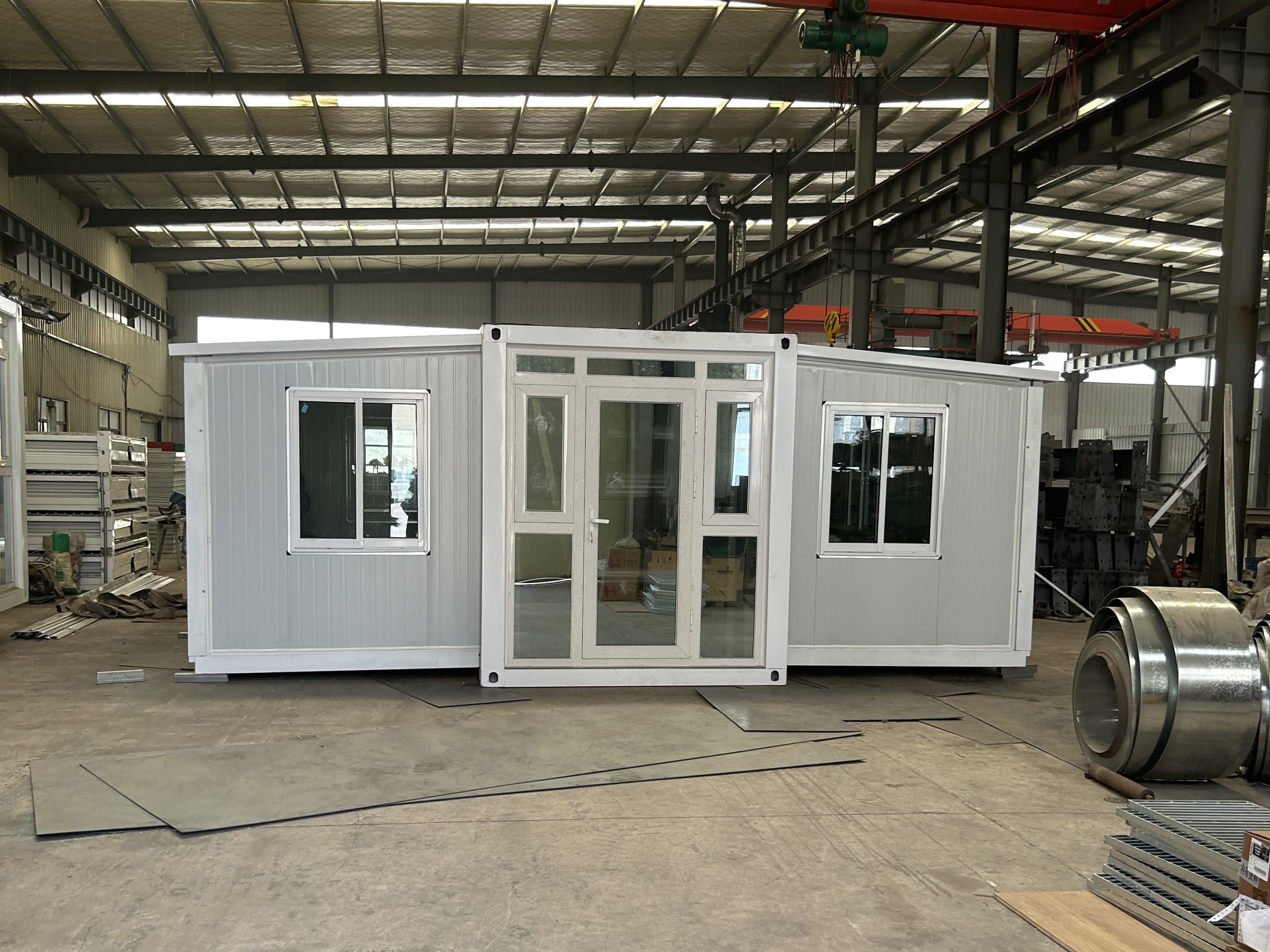
Architects must also consider the practical implications of using steel columns in traditional building facades, such as the need for proper insulation, weatherproofing, and maintenance. Steel columns can be prone to rust and corrosion if not properly protected, so it is important to use high-quality materials and finishes to ensure their longevity and durability.

Despite these challenges, the modern interpretation of steel structure in traditional architecture offers a wealth of opportunities for creating innovative and visually striking designs. By blending the old with the new, architects can create buildings that are both timeless and contemporary, paying homage to the past while looking towards the future.
In conclusion, the incorporation of steel columns into traditional building facades represents a bold and exciting new direction in architectural design. By embracing the strength, durability, and versatility of steel, architects can create buildings that are both visually stunning and structurally sound. This modern interpretation of steel structure in traditional architecture is a testament to the power of innovation and creativity in shaping the built environment.

